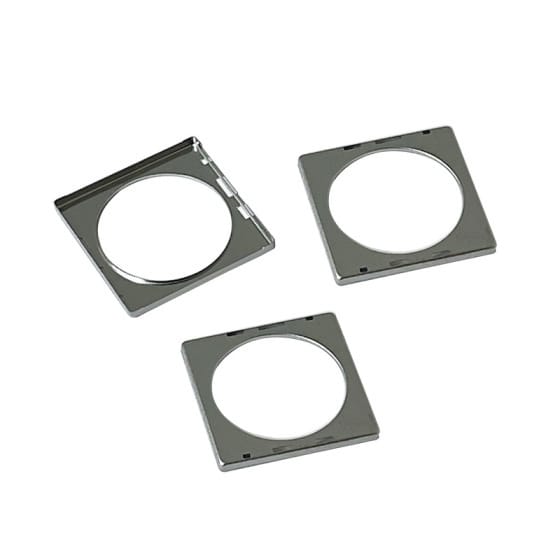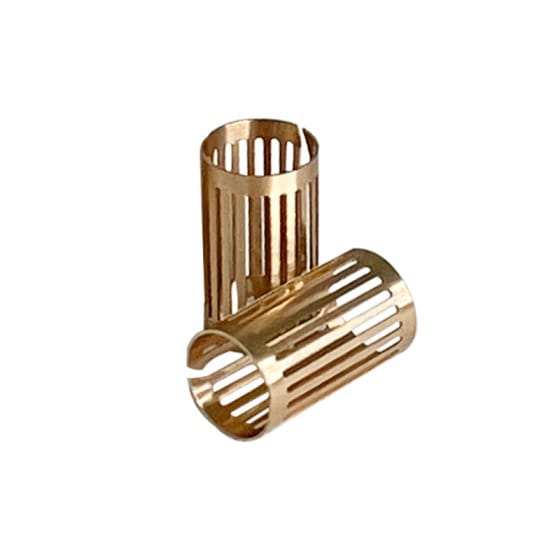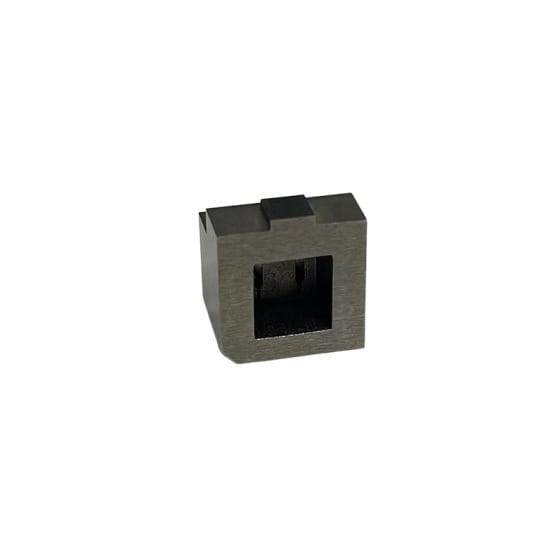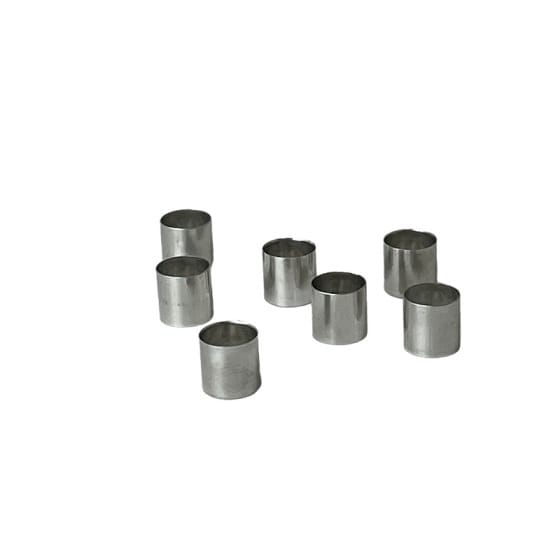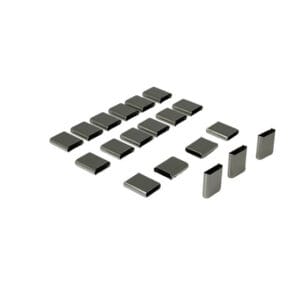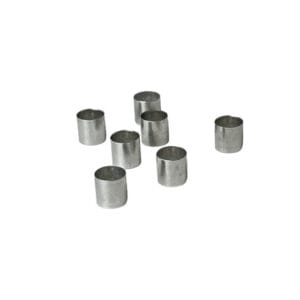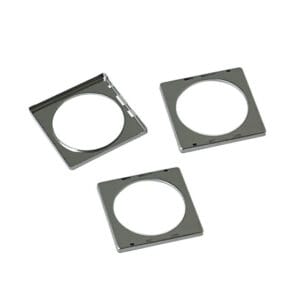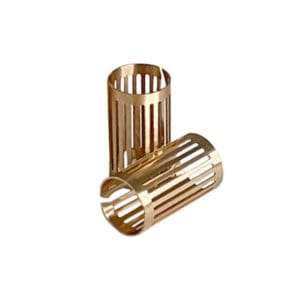The VCM housing for cameras is a critical component that plays a pivotal role in the functionality and performance of modern imaging devices. A VCM acts as the driving mechanism that provides the necessary movement for lens systems, enabling features such as autofocus and image stabilization. The design and manufacturing of VCM housing require meticulous attention to detail, as it must not only accommodate the motor itself but also ensure durability and precision in its operation.
In the realm of manufacturing and mechanical engineering, particularly in the stamping industry, the creation of VCM housing demands advanced techniques and high-quality materials. Typically, manufacturers utilize metals such as aluminum and steel, known for their strength and lightweight properties. The stamping process involves shaping these materials into precise components that can withstand the mechanical stresses experienced during camera operations. Additionally, the housing must be crafted to exact measurements to ensure the optimal alignment of the VCM with the lens, which is crucial for achieving sharp images.
Another vital aspect of VCM housing is its influence on the overall size and weight of the camera. As camera manufacturers strive to produce more compact and lightweight models, the design of VCM housing becomes increasingly important. Engineers must balance the need for robust performance with the desire for portability, leading to innovative designs that minimize bulk while maximizing functionality.
Furthermore, the integration of VCM housing in cameras highlights the importance of collaboration between different fields of expertise. Mechanical engineers, materials scientists, and optical specialists must work together to develop components that meet the evolving demands of photographers and videographers. This interdisciplinary approach not only enhances the performance of cameras but also opens up new possibilities for creative expression in photography and videography.
As consumers become more discerning about the quality of their imaging devices, the role of VCM housing in cameras cannot be understated. It is essential for manufacturers to focus on precision engineering and quality assurance throughout the production process. By prioritizing these elements, they can deliver VCM housings that ensure the reliability and effectiveness of cameras, ultimately enriching the user experience.
In summary, VCM housing for cameras is a fundamental element that supports various advanced features and contributes to the overall performance of imaging devices. Understanding its significance and the intricacies involved in its manufacturing can provide valuable insights to anyone interested in the intersections of mechanical engineering, technology, and photography. Whether you’re a professional photographer or an enthusiast, recognizing the role of VCM housing can deepen your appreciation for the technology behind your favorite imaging devices.

